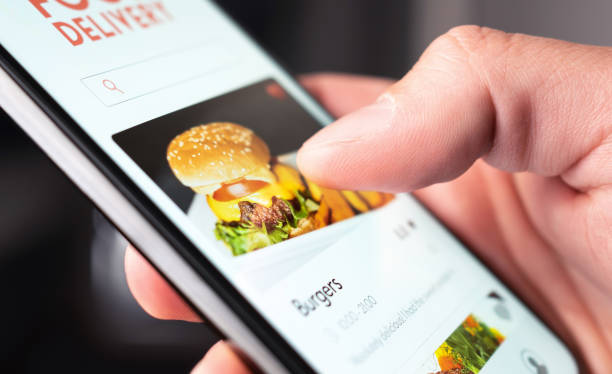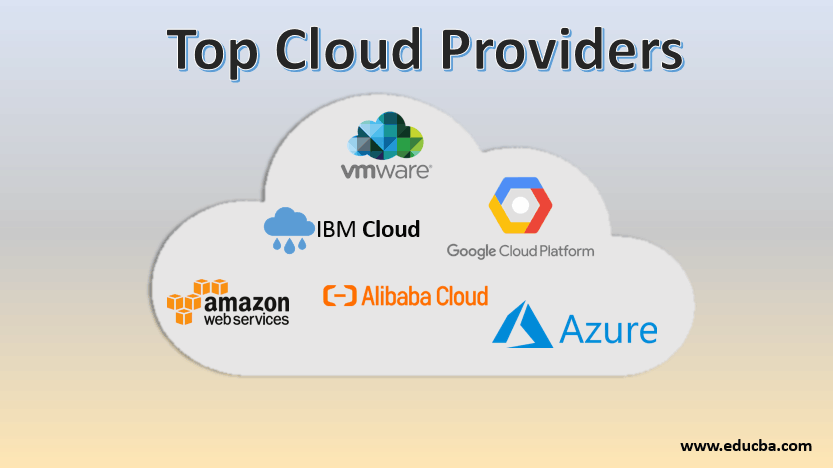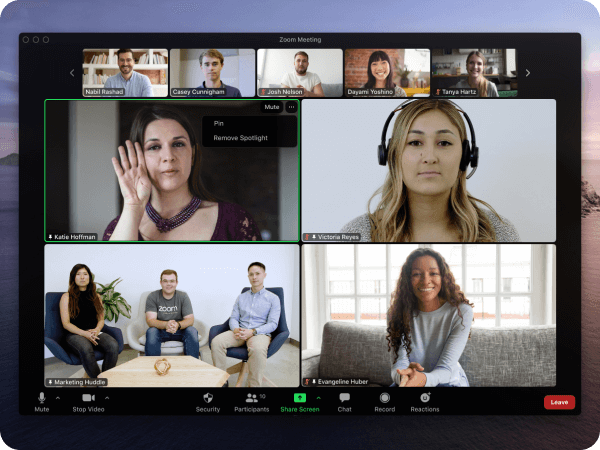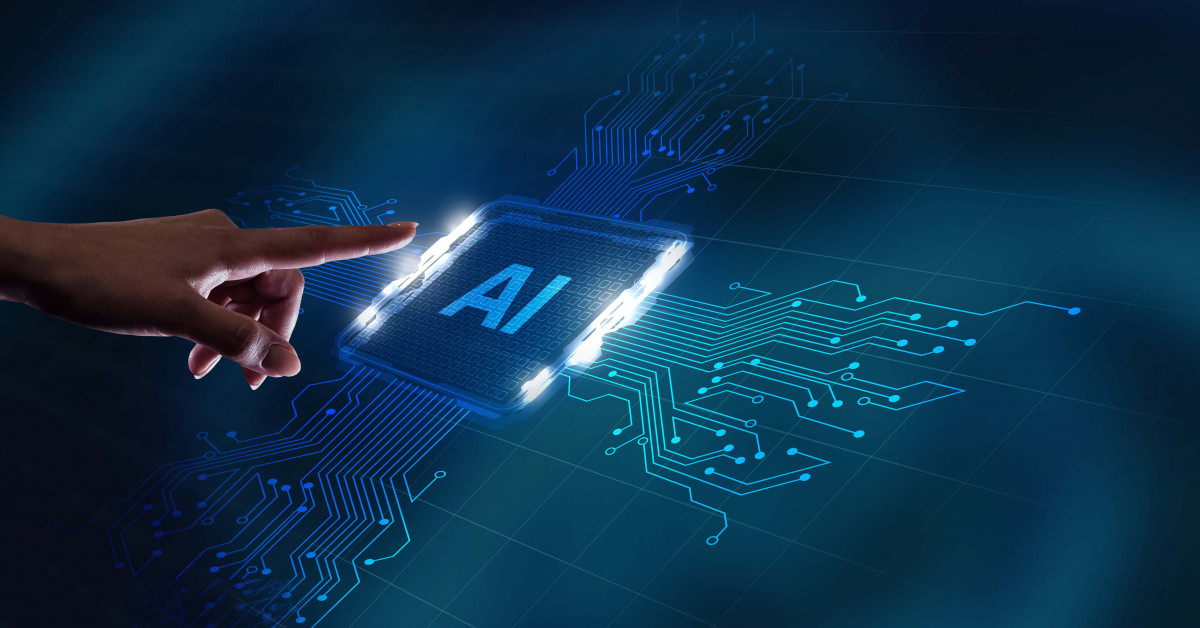In today’s fast-paced digital era, food delivery apps have revolutionized the way people order food. With just a few taps on their smartphones, users can have their favorite meals delivered right to their doorstep. Behind the scenes, however, lies a complex web of technology that enables seamless and efficient food delivery app experiences. In this article, we delve into the backend development aspects of food delivery app development and uncover the tech that powers these platforms.
Backend development forms the foundation of any food delivery app. It encompasses the server-side programming and infrastructure required to handle the app’s functionality. Several key components and functionalities work together to ensure a smooth user experience. At the core is the database management system (DBMS), responsible for storing and retrieving data related to users, menus, orders, and more. Robust DBMS solutions, such as MySQL or MongoDB, are commonly used in food delivery apps to handle large amounts of data efficiently.
User management is another crucial aspect of the backend. It involves user registration, authentication, and account management. By securely storing user credentials and implementing authentication mechanisms like OAuth or JWT, food delivery apps ensure the privacy and security of their users’ personal information.
Efficient menu and order management are essential for a seamless food delivery
experience. The backend handles menu updates, availability tracking, and order processing. Integration with restaurant systems and APIs allows real-time synchronization of menus and seamless order placement. The backend also manages order tracking and notifications, keeping users informed about the status of their orders.
Payment gateway integration is a vital component of any food delivery app. Secure and seamless online payment options are crucial for user convenience. Backend development involves integrating with popular payment gateways like Stripe or PayPal to handle transactions securely and efficiently.
Geolocation and mapping services play a significant role in food delivery apps. Backend systems leverage APIs provided by mapping services like Google Maps or Mapbox to determine the user’s location, calculate distances, and provide accurate delivery estimates. These services ensure that the delivery process is streamlined and efficient.
Scalability and performance considerations are paramount in food delivery app development. As the user base and order volumes increase, the backend should handle the load without compromising performance. Load balancing techniques and server optimization strategies are implemented to distribute the workload across multiple servers and ensure optimal performance during peak hours.
Caching mechanisms are utilized to enhance the app’s speed and responsiveness. By storing frequently accessed data in cache memory, the backend reduces the need for repeated database queries, resulting in faster response times and improved user experience.
Real-time updates and notifications are integral to keeping users informed and engaged. The backend employs technologies like WebSockets or server-sent events to deliver real-time updates on order status changes, delivery tracking, or promotional offers. Push notifications and SMS services are integrated to send timely alerts and updates directly to the users’ devices.
Data management and analytics are crucial for food delivery apps to gain valuable insights into customer behavior, order patterns, and preferences. The backend collects and stores relevant data, utilizing either relational databases or NoSQL databases based on the specific requirements. Analyzing this data empowers app owners to optimize their services, personalize user experiences, and make data-driven business decisions.
Security and privacy considerations are of paramount importance in food delivery app development. Protecting user data from unauthorized access is a top priority. The backend implements robust security measures, including data encryption and hashing techniques, to safeguard sensitive information. Role-based access control ensures that only authorized individuals can access certain functionalities or data. Regular security audits and updates are conducted to identify and patch any vulnerabilities that may arise.
Compliance with data protection regulations is also crucial. Food delivery apps must adhere to regulations like the General Data Protection Regulation (GDPR) or the California Consumer Privacy Act (CCPA) to protect user privacy and provide transparency regarding data collection and usage.
Looking ahead, the future of food delivery app development holds exciting possibilities. Emerging technologies are poised to make a significant impact on the industry. Artificial intelligence (AI) and machine learning (ML) have the potential to enhance various aspects of the app, from personalized recommendations based on user preferences to optimized delivery routes for faster and more efficient service. These technologies can also be leveraged to automate customer support through chatbots, providing instant assistance and improving user satisfaction.
Delivery logistics is another area ripe for innovation. Advanced tracking systems and route optimization algorithms can help streamline the delivery process, reducing wait times and ensuring timely deliveries. Drone technology is also gaining traction in the food delivery space, with experiments underway to explore the feasibility of using drones for efficient and speedy deliveries in certain areas.
User experience is paramount in food delivery apps, and voice interfaces are emerging as a promising trend. Integrating voice assistants like Amazon Alexa or Google Assistant allows users to place orders, track deliveries, and get information using voice commands, making the app more accessible and user-friendly.
In conclusion, the backend technology behind food delivery app development plays a crucial role in creating a seamless and efficient user experience. From database management and API integration to data analytics and security measures, the backend forms the foundation of these applications. With advancements in AI, ML, delivery logistics, and voice interfaces, the future holds exciting possibilities for enhancing food delivery apps even further. As the industry continues to evolve, it’s important for developers and businesses to stay abreast of emerging technologies and trends to deliver exceptional food delivery experiences to users worldwide.





